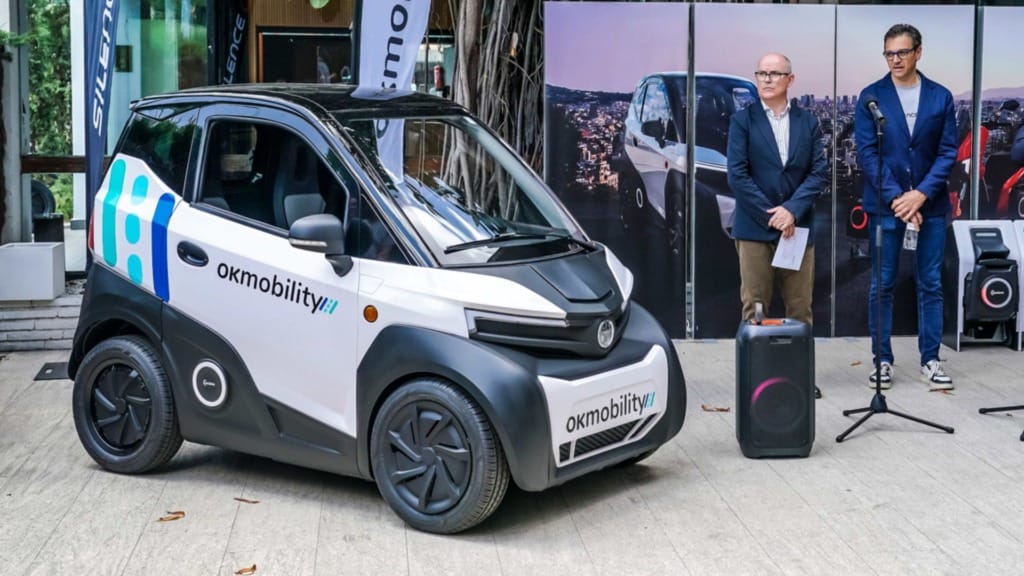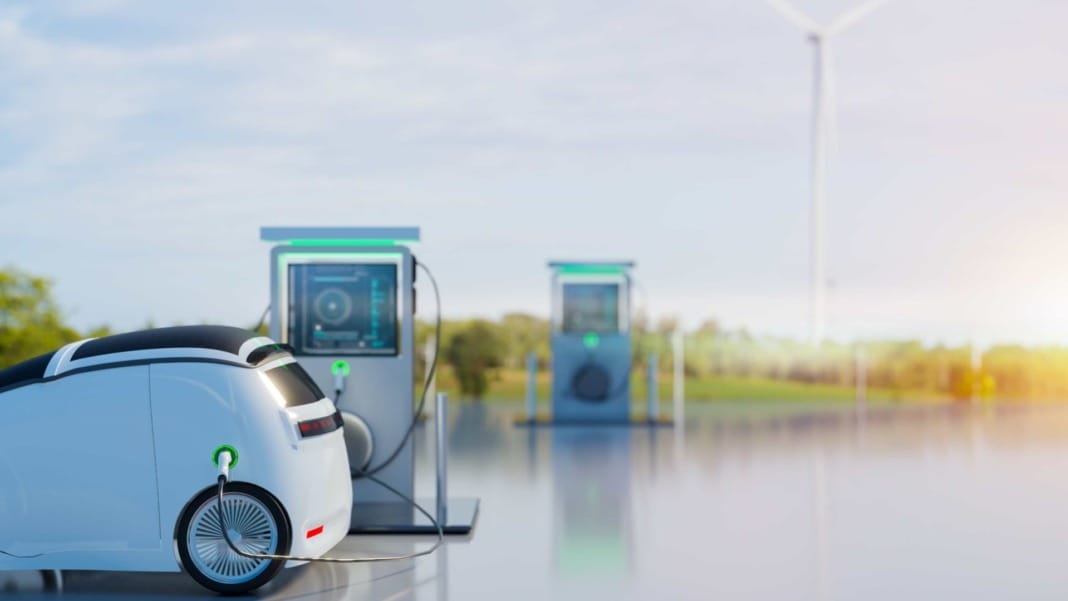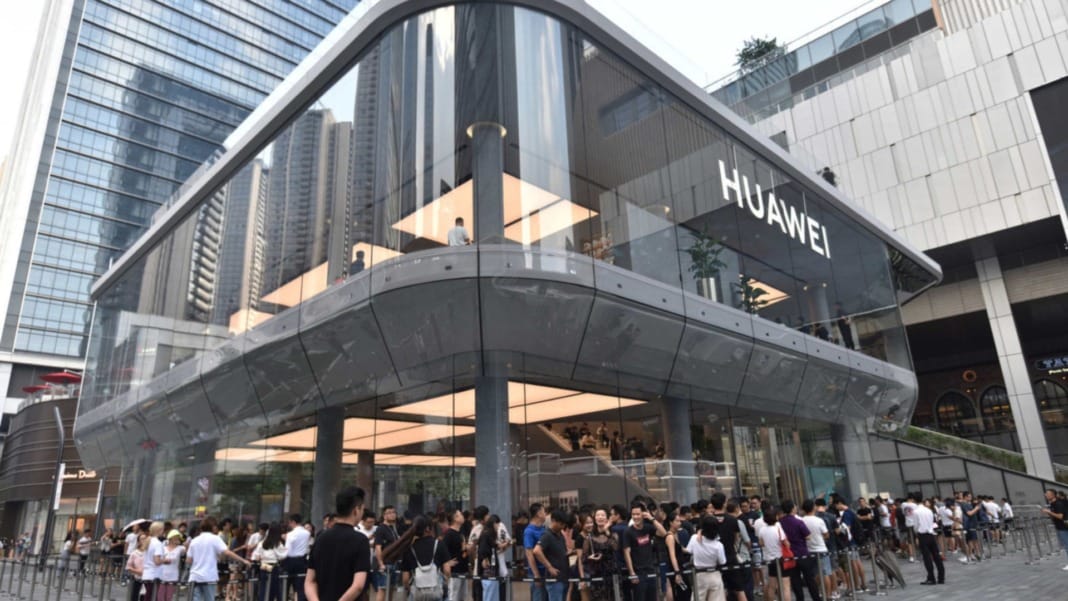In bustling cities worldwide, traffic congestion and pollution are pressing issues. In response, many governments and local authorities are steering away from petrol-powered vehicles to combat CO2 emissions, gradually eliminating the traditional car from urban landscapes. Amidst this shift, the microcar is making a notable comeback, fueled by advancements in battery and electric motor technologies that make these vehicles a cleaner and greener option.
Rediscovery of the microcar’s charm
The concept of microcars is not novel, with the petrol-driven Peel P50 introduced in the early 1960s. However, the modern iteration of these compact vehicles has become increasingly popular due to ongoing traffic and pollution challenges. Renault was a trailblazer with its quirky Twizy, once the best-selling plug-in vehicle in Europe, and Citroen has reignited interest with its Ami, one of the most affordable electric cars available.
Merlin Ouboter, co-founder of Microlino, advocates for this shift towards smaller, more sustainable vehicles. He emphasised the importance of rethinking our mobility, noting the excessive size and weight of modern cars, especially electric SUVs, which are not practical in cities with limited parking. This sentiment is echoed by Pablo Barrios, a business development manager at EV and mobility company Silence, who highlighted the impracticality of driving and parking conventional cars in many Spanish cities, leading to a higher use of scooters and motorcycles.
Emerging trends and key players
The S04 Nanocar from Silence and the Microlino are examples of microcars gaining traction. The S04 Nanocar, showcased at this year’s Geneva Motor Show, is popular in Europe for its enclosed space with creature comforts like air conditioning and practical storage for shopping. Its unique battery design is compatible with electric scooters, making it versatile and easy to recharge.

The Microlino, with its enchanting design reminiscent of the 1950s Isetta Bubble Car, is available in two versions. The lighter model features a front-opening door and three-wheel configuration, while the larger four-wheeled version can reach speeds of up to 55mph and travel up to 114 miles on a single charge, making it suitable for longer journeys.
Compact yet capable
Even in the US, where larger vehicles dominate, microcars like the Eli Zero are beginning to make inroads. This compact electric vehicle is ideal for short urban trips and offers features such as air conditioning, power steering, and advanced infotainment systems, including Apple CarPlay and Android Auto. Due to safety regulations, it’s classified as a Neighbourhood Electric Vehicle (NEV), limiting it to roads with a maximum speed limit of 35mph.
Birò, an Italian brand, provides a range of affordable and adaptable small personal transport solutions. Its models offer quick battery swap technology and customisable options for various climates and cargo needs, positioning themselves similarly to small-capacity motorcycles.
As urban centres continue to grow and evolve, the microcar is proving to be a viable and sustainable solution to modern transportation challenges. These compact, electric vehicles are not only economical but also adaptable to the cramped and bustling streets of cities around the world.





